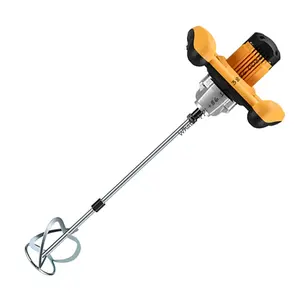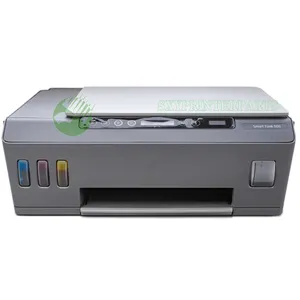Popular in your industry







































































Related Searches:















































































































































Top categories
About structured packing
Structured packings are essential for efficient and optimized distillation and separation processes. They are designed to provide a large surface area within a distillation column for the separation of liquid mixtures into their individual components. Structured packings are characterized by their well-defined and organized structure, typically comprising a network of interconnected and uniformly spaced vertical channels. This design allows for enhanced mass transfer between the liquid and vapor phases, leading to improved separation efficiency.
Types of structured packings
Various types of structured packings are available in the market, each offering specific advantages in different applications. Some common structured packing types include wire gauze, ceramic, and plastic structured packings. Wire gauze structured packings consist of a mesh-like structure made of metal wires. They provide high mechanical strength and are suitable for applications involving corrosive environments. Ceramic structured packings are constructed from inert ceramic materials, offering excellent resistance to chemical corrosion and high temperatures. Plastic structured packings are composed of plastic materials, combining the advantages of corrosion resistance, light weight, and ease of installation. They are often preferred in applications where chemical compatibility and cost-effectiveness are crucial.
Mellapak structured packings, also known as MellapakPlus, are specifically designed for demanding separation processes. They offer high efficiency, low pressure drop, and improved capacity compared to traditional packings. Mellapak structured packings feature a unique geometric design, such as a crimped sheet, which enhances liquid distribution and vapor-liquid contact. Their structured and consistent arrangement ensures uniform flow distribution throughout the column, contributing to increased separation efficiency and reduced energy consumption.
Structured packings vs random packings
Structured packings and random packings are two common types of packing materials used in distillation and absorption columns. One of the primary differences between these two types of packings lies in their internal structure. Structured packings are characterized by a well-defined and organized arrangement of channels or passages, providing a uniform and controlled path for the liquid and vapor phases. In contrast, random packings consist of randomly placed packing materials, such as Raschig rings or Berl saddles, within the column, creating a less structured and more chaotic flow path.
The structured packing's orderly configuration promotes more efficient and predictable mass transfer processes, leading to higher separation efficiencies and lower pressure drops compared to random packings. The structured packing's controlled geometry also allows for specific performance characteristics tailored to different separation requirements. In contrast, the random packing column's less defined structure may result in uneven liquid and vapor distribution, potentially leading to maldistribution issues and reduced separation performance. The structured packing column is preferred in applications where high separation efficiency, lower pressure drop, and precise control over mass transfer are critical. In contrast, random packings are often used in applications with lower efficiency requirements or when a more cost-effective option is desired.










































